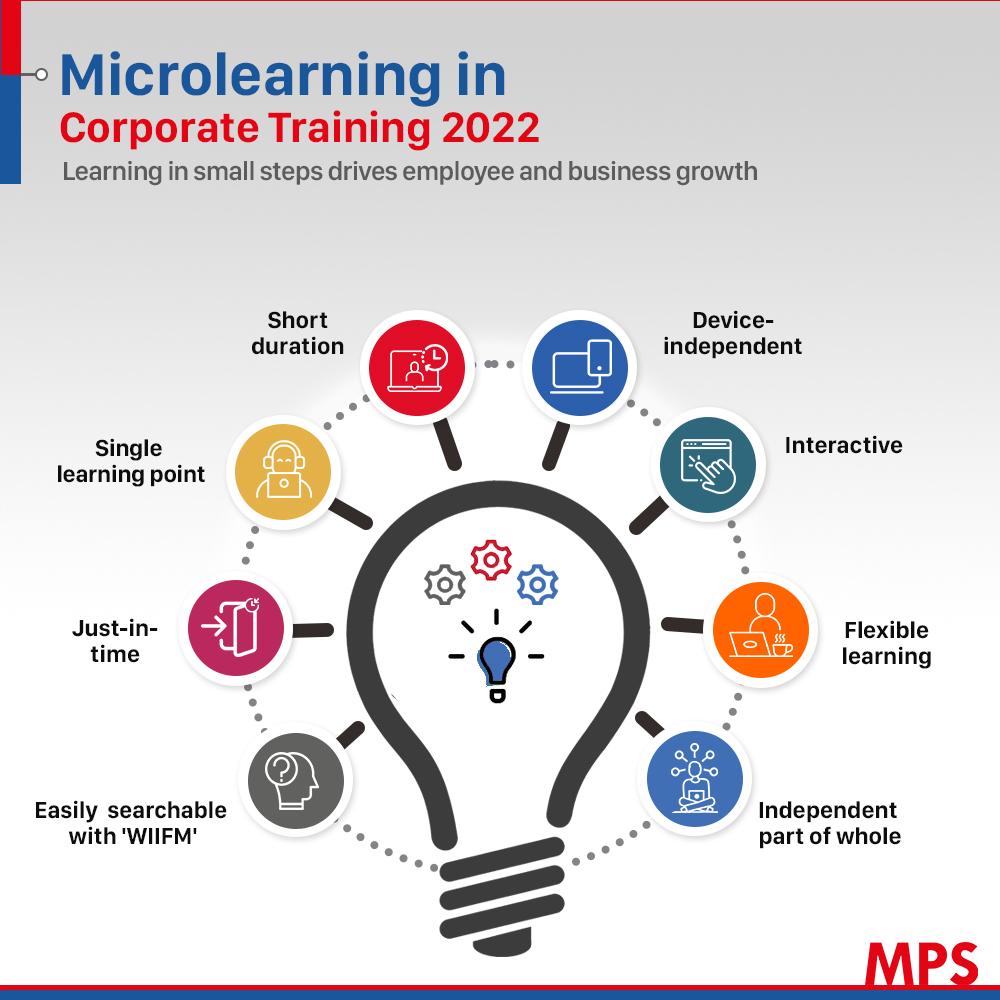Microlearning in Corporate Training Programs: revolutionizing Employee Development for Modern Businesses
The rapidly evolving landscape of the corporate world demands agile, effective, and engaging training solutions for employee development. Microlearning has emerged as a game-changer in corporate training programs, empowering businesses to revolutionize their approach to employee development.
This article explores the concept of microlearning, its advantages, practical implementation strategies, and real-world examples demonstrating its impact on modern organizations.
What is Microlearning in Corporate Training?
Microlearning refers to the delivery of content in small, focused segments that address specific learning goals. Unlike conventional training methods that rely on lengthy courses or seminars, microlearning breaks down information into short, easily digestible pieces.
These modules—frequently enough lasting between 2 to 10 minutes—can include videos, quizzes, infographics, podcasts, or interactive simulations, making them especially suitable for the fast-paced nature of modern businesses.
- Microlearning modules are accessible on-demand, fitting seamlessly into employees’ work routines.
- Content is tailored to address individual skill gaps or immediate workplace needs.
- Supports the use of mobile devices, making learning truly flexible and scalable within organizations.
benefits of Microlearning in Employee Development
Microlearning offers several distinct advantages over traditional approaches to corporate training. Here’s why modern businesses are increasingly adopting microlearning in employee development initiatives:
1. Improved Knowledge Retention
- Chunked learning: Short modules prevent cognitive overload and enable employees to retain information more effectively.
- Spaced repetition: frequent exposure to key concepts promotes long-term memory consolidation.
2. Higher Engagement and Motivation
- Interactive Elements: Gamified quizzes,scenario-based challenges,and instant feedback drive learner engagement.
- Autonomous Learning: Employees control the pace and order of their learning experience, enhancing motivation.
3. Cost-Effective and Scalable
- Reduced training costs: Microlearning minimizes facilitation, venue, and material expenses.
- Easy updates: Quick revisions accommodate changing business needs and regulatory requirements.
- Scalability: Modules can be deployed simultaneously across offices or remote teams with minimal effort.
4. Adaptability for Diverse workforces
- Learning is accessible on smartphones, tablets, and desktops—ideal for remote, hybrid, or deskless employees.
- Short, focused content ensures inclusivity, allowing employees at all skill levels to participate.
Key Strategies for Implementing Microlearning in Corporate Training Programs
Successful implementation of microlearning in corporate training requires a thoughtful approach. Here are practical tips to ensure your microlearning initiative delivers measurable results:
1. Define Clear Learning Objectives
- Align each microlearning module with specific performance outcomes or skill enhancements.
- Use learning analytics to measure progress and knowledge gains.
2. Leverage Technology and Mobile Learning Platforms
- Adopt a Learning management system (LMS) compatible with mobile and desktop devices.
- Integrate microlearning modules with existing corporate training software for seamless access and tracking.
3. Personalize Content Delivery
- Utilize adaptive learning algorithms to recommend relevant modules based on employees’ roles and skill levels.
- Include interactive features such as branching scenarios or self-assessment tools.
4. Foster a Culture of Continuous Learning
- Encourage employees to proactively seek out microlearning opportunities.
- reward participation with digital badges, certificates, or recognition programs.
- Solicit feedback and iterate modules to improve relevance and effectiveness.
Case Studies: Real-World Applications of Microlearning
Global Tech Corporation: Accelerating Compliance Training
Facing frequent regulatory updates, global Tech Corporation transitioned its compliance training from annual workshops to weekly microlearning sessions delivered via a mobile app.Employee completion rates soared from 58% to 94%, and incident rates dropped by 22%—demonstrating both rapid upskilling and tangible business impact.
Retail Chain: Enhancing Customer Service Skills
A multinational retail chain rolled out bite-sized video scenarios and interactive quizzes focused on customer service skills. Store managers reported a 30% enhancement in mystery shopper scores and a noticeable increase in customer satisfaction, attributing the results to frequent and practical learning interventions.
Financial Services Firm: Seamless Onboarding
the firm reimagined onboarding for new hires by delivering microlearning paths on company procedures, culture, and compliance policies. New employees reached productivity benchmarks 25% faster than those trained using traditional classroom-based methods.
Firsthand Experience: Employees Speak Out
“With microlearning, I find it easier to fit training into my hectic workday. the focused modules help me learn exactly what I need, when I need it, without feeling overwhelmed or bored.”
– Project Manager, SaaS Company
“I love the quick quizzes and bite-sized videos. Every lesson feels relevant to my current tasks, and I notice I actually apply concepts right away.”
– Customer Support Specialist
Tips for Maximizing Microlearning Effectiveness in Your Corporate Training Program
- Keep it short and focused: Limit modules to one learning outcome for maximum clarity and impact.
- Mix up formats: Use video, audio, text, and interactive elements for engagement and accessibility.
- regularly update content: Refresh modules in response to business changes, feedback, or new technologies.
- Integrate social and collaborative learning: Encourage employees to share insights and discuss modules within teams.
- Track data and iterate: Use analytics to monitor performance and refine your microlearning strategy.
Conclusion: Microlearning—The Future of Employee Development in Modern Businesses
As organizations strive to adapt to the demands of a digital-first workplace, microlearning in corporate training programs emerges as a powerful, evidence-based strategy for developing employees efficiently and effectively.Its flexibility, scalability, and high engagement create a win-win for both employees and businesses.
By strategically implementing microlearning, organizations can cultivate a culture of continuous improvement, responsiveness, and innovation—making employee development not just an obligation, but a key driver of business success. Embrace microlearning today to future-proof your corporate training program for tomorrow’s challenges.

